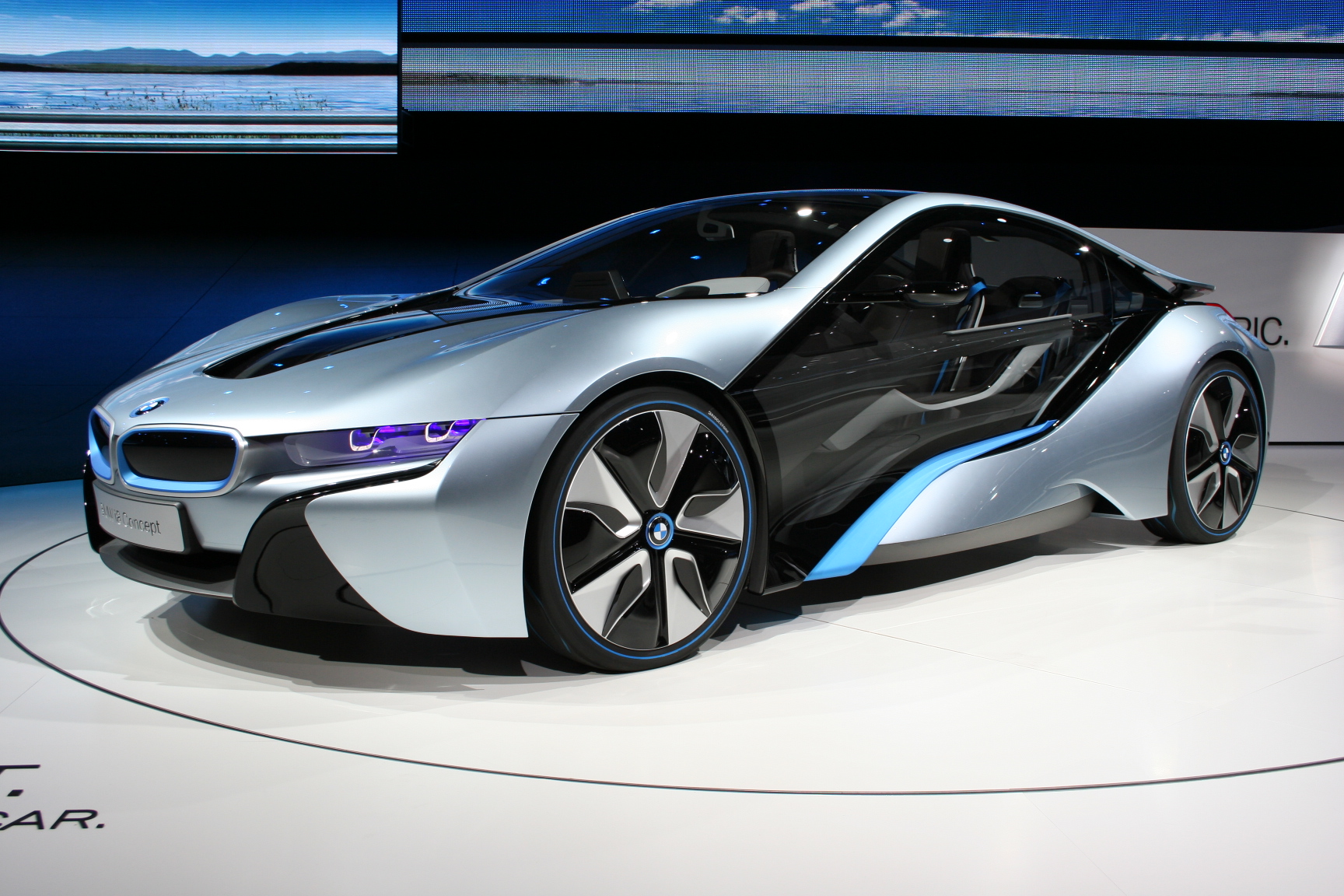 The basic idea behind the V2G concept is that you plug your car in and charge your battery. If something weird happens with the electrical system your battery backfeeds power to the grid. I think I've got a better idea... Starts off the same... Plug in your PHEV to charge the battery. Here's the difference. If the grid needs extra power your car turns on and generates electricity with the engine. The battery doesn't come into the equation.
The basic idea behind the V2G concept is that you plug your car in and charge your battery. If something weird happens with the electrical system your battery backfeeds power to the grid. I think I've got a better idea... Starts off the same... Plug in your PHEV to charge the battery. Here's the difference. If the grid needs extra power your car turns on and generates electricity with the engine. The battery doesn't come into the equation. The average car engine has around 75 kW of power and there are over 250 million passenger cars in the US. This means the engine power in the US is well over 17500 GW. That's over 10 times bigger than all the power plants in the US put together. Germany's 40 million plus passenger cars have a fleet power in excess of 3000 GW. That's over 30 times more power than Germany's electrical peak.
At first you might think... Well... Wait a second? Gasoline is expensive. Gasoline generated electricity would be expensive too right. Here are some rough numbers.
Gasoline has an energy density of 125,000 btu/gallon. If you assume a heat rate of 10,000 btu/kWh for the generator you could generate 12.5 kWh of electricity per gallon of fuel. In Germany the current price of gasoline is 6 Euro per gallon so if you got 12.5 kWh per gallon this set up would result in electricity costs of 48 cents/kWh. That's extremely high but you also have to figure there's 25 kWh of thermal energy exhausted out the back of the tail pipe for every gallon of fuel. You could capture that heat quite easily. If your captured thermal energy displaced natural gas usage you'd gain an additional value of about 1.88 Euro worth of heat for every gallon. If you subtract the heating savings off the electricity costs (48 cent/kWh - the 15 cent/kWh saved on heating) you end up with 33 cent/kWh electricity. That's only 10% higher than the price of electricity from the German Grid. That's not bad at all.
Here's the kicker though. This V2G setup isn't meant for daily operations - it's only meant for back up power or peaking power when the grid doesn't have enough generation available. We're only talking about a few hours a year - maybe 60 or 100. The value argument doesn't come down to electricity at all - it comes down to insurance.
There's this idea going around that we have to keep the big coal and natural gas plants available because we'll need them for a few hours a year on the coldest nights in the winter and the hottest days of summer. The utilities want to set up something called a capacity market. In a capacity market the power station owners gets paid rent to be available to supply power. Typical rents are around $30 per kW per year. This means a 1 GW power plant would get paid 30 million dollars even if it didn't run at all.
I think that 30 million could be better spent. That same 30 million dollar capacity payment could be spread out over 60,000 PHEV car owners at $500 a pop... That would be one hell of a positive incentive to encourage people to buy PHEVs. As you gained more and more PHEV capacity you could reduce the capacity payments. Eventually you'd phase the payments out altogether. Hopefully you get the picture... The path is there... The power is there... People just need to be more like He-man and realize... WE HAVE THE POWER!!!
No comments:
Post a Comment